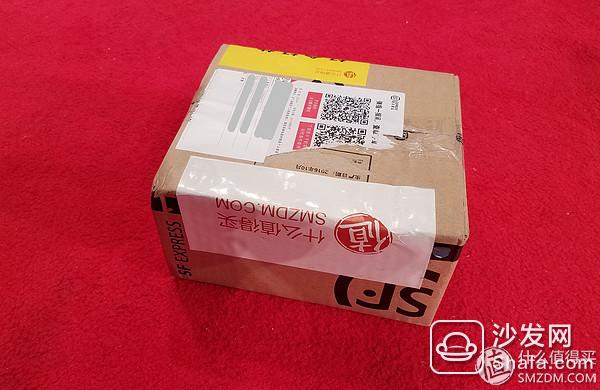
As a lazy style, I haven't even wrote about hard disk related originality. This time, I am sincere and fearful. Xidapou’s test report was finally able to use the 2nd and 3rd headlines. With several public betas, Aunt Zhang’s packaging has become more and more beautiful. I don’t know when Auntie can have her own special packaging box.
Originally, if there was no laziness, the process of installing the mini-chassis should be shared half a year ago. When I said that an external mobile hard drive was needed to assist in the air duct planning in the chassis, someone would understand my entanglement. As for NAS and personal cloud, it is entirely because of one word, qióng.

In short, the big sister and the younger sister have new houses.
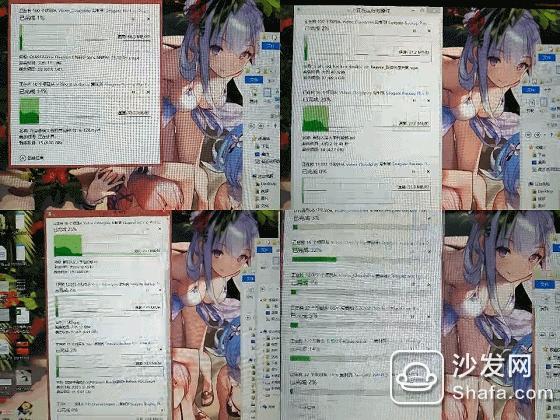

Appearance and procedure
Not a halo, for external storage devices, I may not be Seagate, or even a fan of Western Digital. I am more inclined to never use PNY, so I can rest assured that my assessment of Seagate's products.
In the read-write speed test, several key test items were explained, and each one I try to sum up in a human voice.
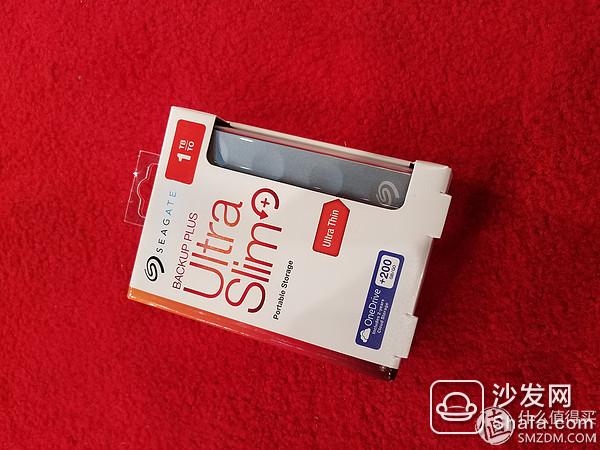
The outer packaging is an unpretentious box with a window, which is in line with the price of the product in the store category. What I have never quite understood is that there are such small things in many computer accessories. What are they doing and anti-counterfeiting?
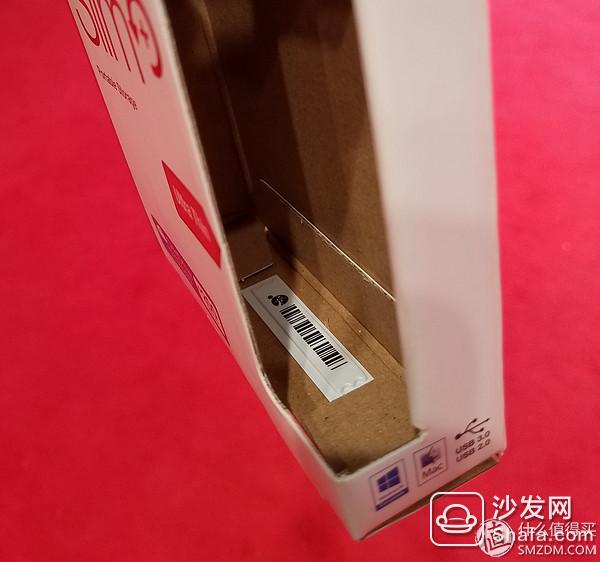
The hard disk itself is super-thin and lightweight. Although plastic brings some "cheap feelings," it is a big plus to have a portable hard drive that can carry a lot of weight. At the same time, an overly thin feel may even make people forget that this is an HDD mobile hard disk when used, and thus neglect to take it lightly.
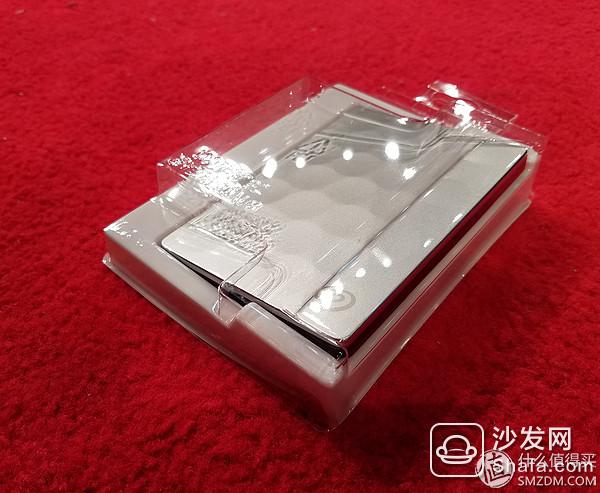
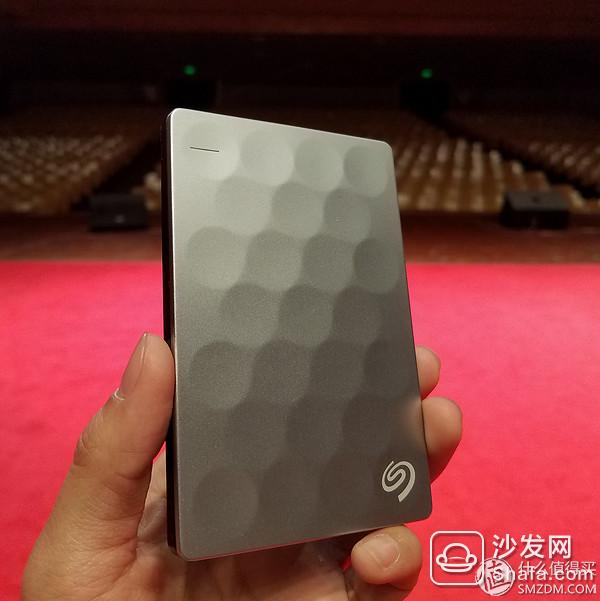

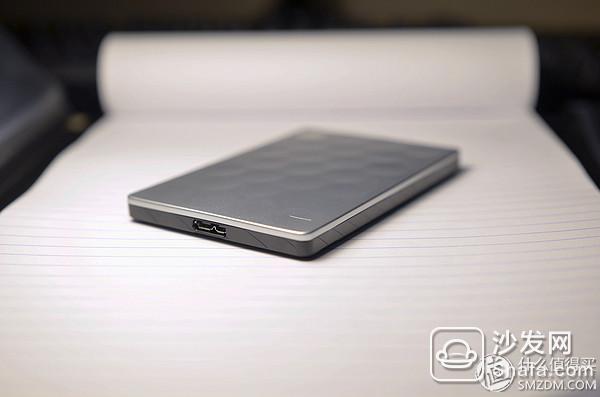
Hey, this is a six-pointed star. It's a beautiful hive pattern.
Compared with Samsung S7e, the thickness is almost the same
When it comes to bumping, I think of Thinkpad's "airbag" feature - the laptop feels a crash, crash, and lifts the head of the HDD hard disk, preventing damage to the disk. In this way, it is almost impossible to lose data because bad sectors are written, but the cost is that the life span of the magnetic heads will be reduced, and the whole machine will be stopped due to stop reading and writing.
Unfortunately, similar features have not been found on this Seagate mobile hard drive.
Without security, you can only be extra careful. Plug in the mobile hard disk, in the inside of the Steup connected to the official website Seagate official provides three years of solid maintenance services, can reflect the confidence of the quality of this mobile hard disk from the side. But the important thing is the data. As long as it's not a hilarious storage device, I don't expect solid guarantees. Another regret is the 200GB cloud storage provided because I could not connect to the OneDrive website and had to give up and download the Seagate Dashboard.
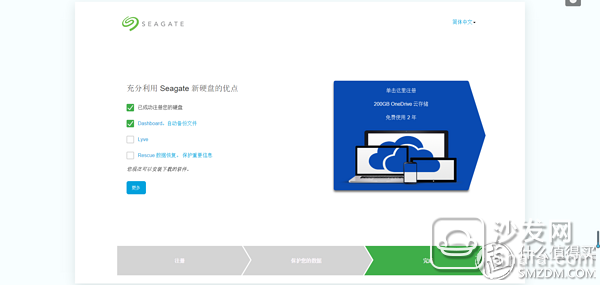
Seagate Dashboard provides several backup, restore and status check functions for mobile hard disks, which are of little use to most users. After all, 1T mobile hard disks are also used to copy files. This level of features is not worth paying much attention to. .



However, the functions provided in this software are very embarrassing when it comes to walls. Especially for Google users, the use of “mobile backups†with very rich contexts cannot be used because they cannot download Google Play.
Backing up to social media is no way to use the three social softwares again.


Too lazy to jump over the wall
Two small things to report before testing
After running the software for a short while, it will use the following five softwares. Before the formal test begins, two gossips are said:
HD Tune (What did I do to list me alone!)
AS_SSD_Benchmark ------------- ATTO Disk Benchmarks V2.47_CN
CrystalDiskMark_5.2.1 ----------- FastCopy_3.26_x64
A parody worthy of caution
First of all, I want to be frank about a stupid thing. When I started reading and writing, several USB 3.0 interfaces were tested on the chassis. The writing speed always climbed up and down at 20Mb/s. I updated the driver, reformatted Seagate, and even almost put my own. Hard disk redoed 4K alignment, tossing it for two hours... Until finally I took a look at the motherboard's BIOS settings before I realized that I hadn't turned on USB 3.0 functionality since I was installed. This is really stupid.

2. 4K alignment of HDD
I don't know if there is any controversy about the 4K alignment of the mechanical hard disk. In the speed test just now, the software AS_SSD_Benchmark display is already aligned. Generally speaking, 4K alignment is helpful for the transmission of a large number of small files. The main effect of SSDs is obvious (about 10% increase?) There is no earth-shattering effect on HDDs.
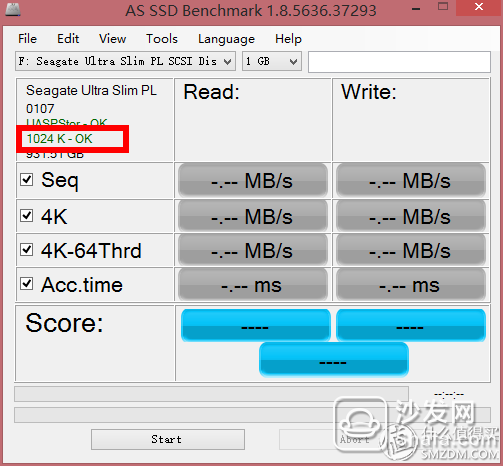
Official test of reading and writing speed
Because the mobile hard disk itself is already 4K aligned, I will no longer toss how to cancel the alignment and compare it. Run all four softwares and see how they behave:
HD Tune

This is a piece of software at a glance. It is also a detection software that can visually display the read/write curve and error check. There are many items that can be used because there are several write/read tests for consecutive files and files in the following software. , In this software will no longer put maps, mobile hard disk measurement difficulties in patience, I once ran the test on these five software, read a lot of collections of words ...
Here are a few representative pictures to speak:
The first thing I care about is the health status of the hard disk. Check the error check again, no problem.
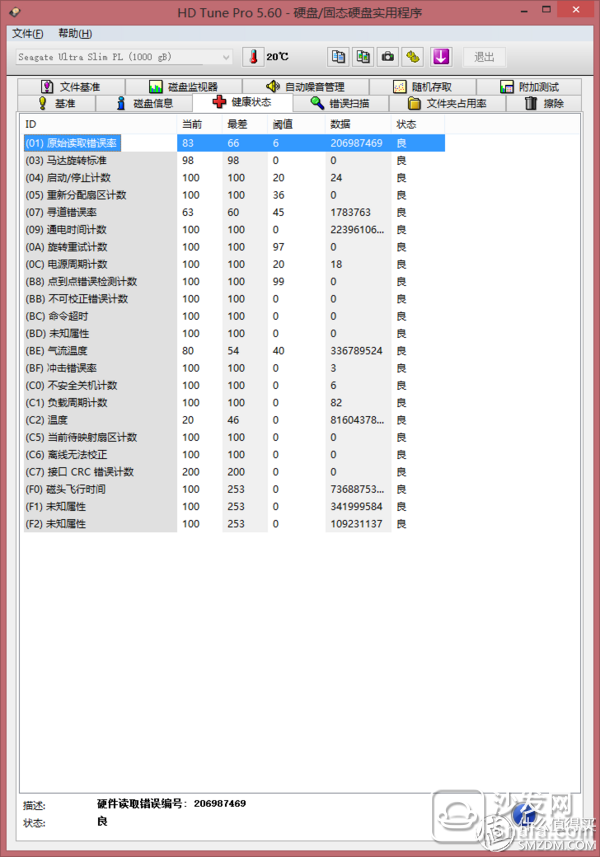

This test ran for nearly three hours
When I waited, I read a few episodes of "Chemical Words."
Downloaded "God's 9 Billion Names"
Read a few tweets
Peel a handful of seeds and spread it over the old yogurt and eat it slowly.
Applied for a new test
- Cross out - play with hands - cross out -
Wrote half a reading note
Taobao
Jingdong
worth to buy
...
What the benchmark can see is not just accessibility, but it would be better if you could get a smooth speed curve. The right side of the "burst transfer rate" can be seen as a cache, in general, this speed can reach 2 times the maximum access rate is good. From the results of reading the test, the speed curve is still smooth, the overall decline is the characteristics of the HDD, not that performance is not good. What is more worrying is the burst transmission rate on the right, which is low and moving.
The yellow part is the access time, the lower the better, here you can only look at one, the latter "random access" test is more reference value.

> Insert a random access test result, the lower the better, very good:
Random access can manifest seek performance, mainly affecting the access of a large number of small files. The shorter the seek time, the better.

Write test needs to delete the partition on the mobile hard disk, programming can be tested in the original state, the following figure is:
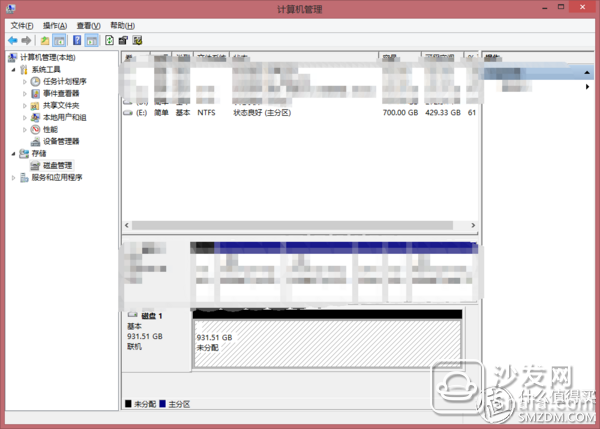

From the results point of view, it is still acceptable. The burst transmission speed is still the same, the minimum speed is very high and people are satisfied. And accessibility has improved greatly. It may be related to non-partitioning.
TTO Disk Benchmarks V2.47
The first is the testing of ATTO Disk Benchmarks V2.47, which automatically tests the read and write speeds of several file sizes from 0.5kb to 8192kb (if it is 8M). From the results, the small files are not unexpectedly hard. The 8M file has already stabilized in the 130-140Mb/s range.
As to why the 8M file will be written in a diving phenomenon, I don't know it now. Look down. (It could be seen in the Seq test in ASSSD software, but the software doesn't give specific trends, that is, Say - don't see)
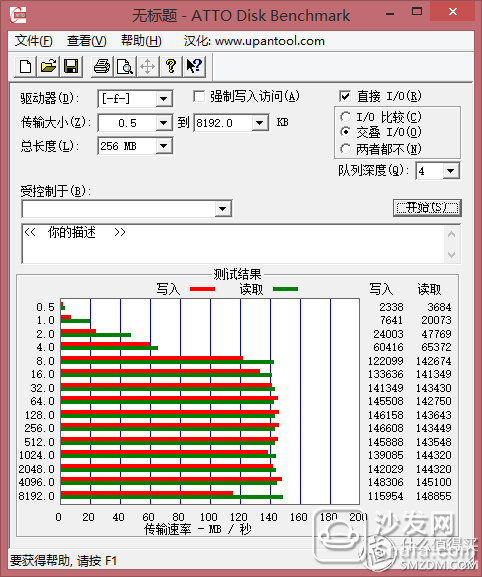
AS_SSD_Benchmark
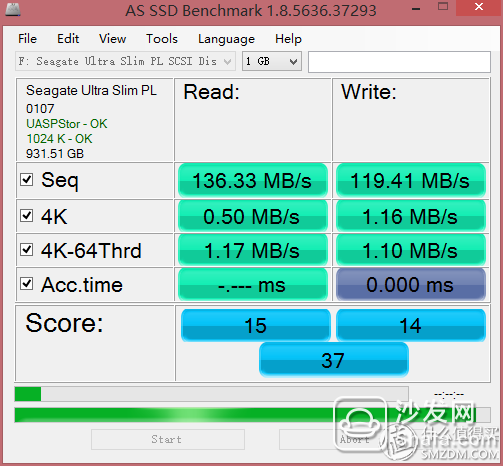
The "Seq" test is a 16-Gbit/slot rhythm that continues to write a 1Gb file (2G on top) and then deletes it. It can basically be regarded as a stability test, but there is no further explanation for the figure and data. From the results of the spit, it is basically the same as the result of the above TTO.
In human terms, this project affects the continuous reading and writing of large files, such as movies and CD images, and is a priority for all users.

The "4K" test took more time, which lasted about half an hour. The test will generate a 1Gb file at 512Kb/part, and then randomly read the test in 4KB units in the LBA (logical block address) of this file.
In human terms, if you do not want to put the system on a removable hard disk, there is no use. This can be regarded as the state that the simulation system has just started. There are hundreds of small processes and services need to be started quickly. Of course, the better, the better.
The "4K-64Thrd" test will generate 64 16Mb files, and colleagues will do the above "4K" tests on the 64 files for that 1Gb file.
In human terms, it is to simulate the approximate status of the server's daily work (as many users crazy visit the spike page? I do not know). As long as it is not using this hard disk as a server, it is also useless.
The "Acc.time" test also reads the entire LBA randomly in units of 4Kb. The write is a hefty 512B unit and is written randomly in the 1GB range.
In terms of human terms, it is the average visit time, seek time, importance is second only to Seq, the smaller the better. (But the search is a breakdown, really...)
FastCopy_3.26
This software is the one that is closest to actual use, and is also one for HDD, because it is a software that is used to quickly copy files, but it is used as a model because it can record the time and number of files in the process of copying. Test the level of storage device tools.
Using FastCopy to test the HDD, you can put aside a variety of arguments and tests that don’t appear to be human. You have chosen a movie file larger than 10G as a large file, and the entire root directory of a large game is tested as a fragmented file. Look at the picture:

Sure enough, the large files had a high speed of 107 Mb/s, and the fragmented files averaged 34.1 Mb/s, which was in line with the approximate ratio of 3:1. This ratio is determined from the writing process. Small files go through countless “read-modify-write†processes and theoretically have a 3:1 ratio.
CrystalDiskMark_5.2.1
This is for SSD (in fact, you are almost all for SSD) test software, for mechanical hard drives, 4K test does not do it, anyway, speed is not catch up with SSD. The Seq inside is the same as the previous ASSSD which is a continuous writing speed. It has reference value.
The speed here is somewhat lower than in TTO. The 1GB file speed is basically the same as the speed of the 8GB file:
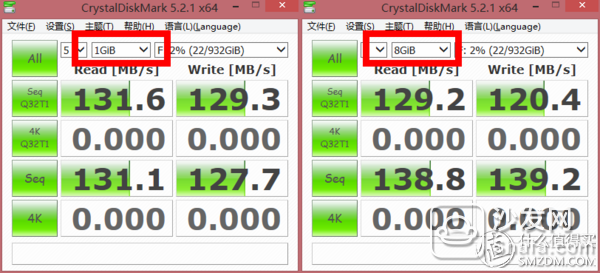
If you connect an Android phone
As I said at the beginning, because there is no Google Play and you can't experience mobile device backup, you can try to transfer it directly to the phone via OTG. Sure enough, the first insert reminds you to reformat to use:
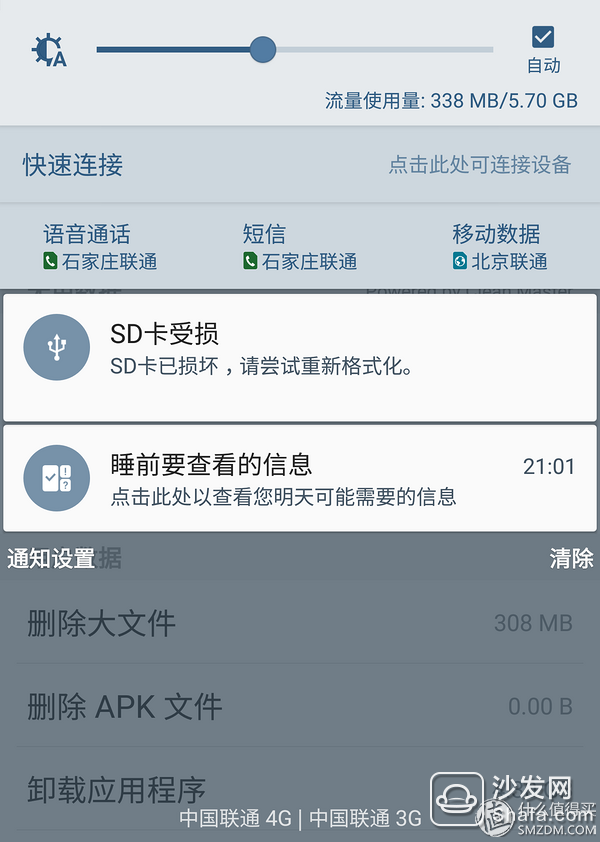

Formatted surprisingly fast, Samsung S7edge does not have USB 3.0 capabilities, so just try to pass things here and speed can't be pursued. Still the above 10G but should file, I eventually did not wait for it to pass. The fragmented pictures behind it are acceptable, so that a lot of mobile devices such as mobile phones have OTG-USB3.0 support.
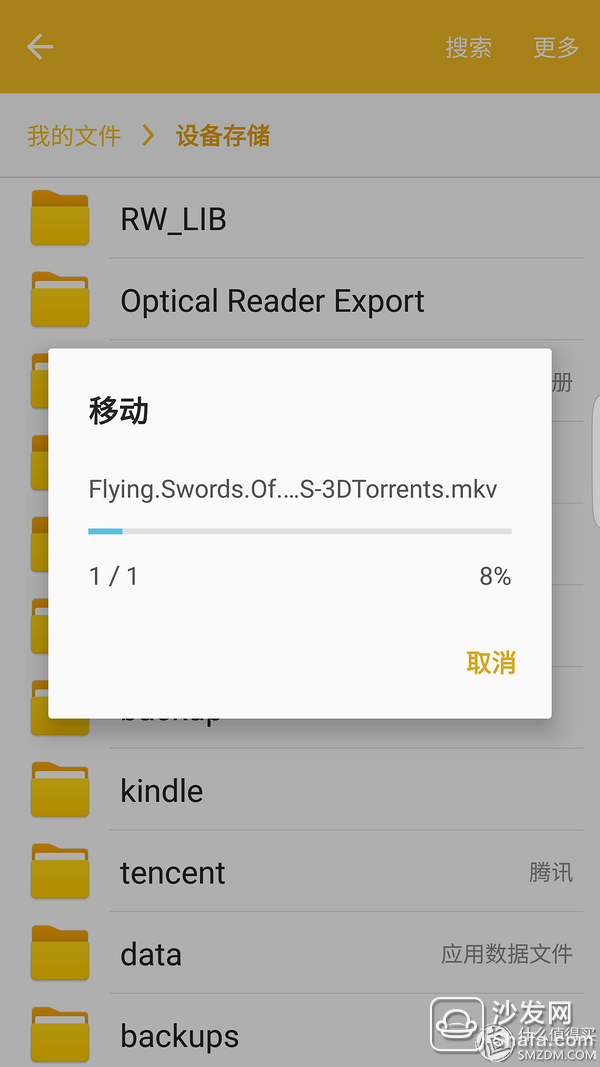
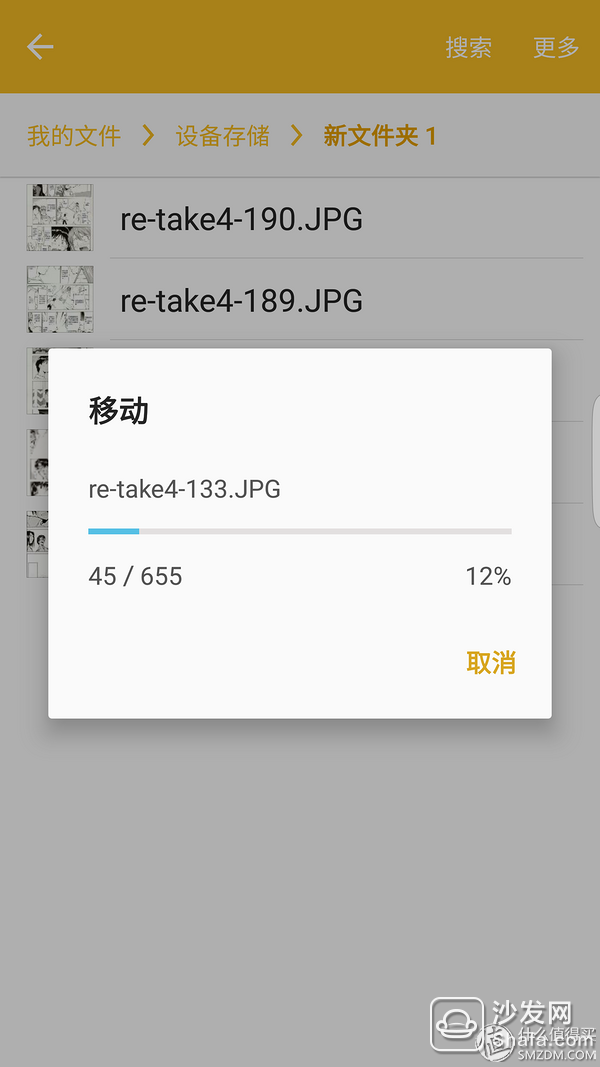
The final and final return experience
This Seagate mobile hard drive is light weightless and basically meets my expectations for mobile storage devices. Did not find similar ThinkPad "airbag" shock function is a pity, the beautiful lines of the shell to a certain extent to reduce the possibility of falling, but later still have to find their own suitable soft plastic protective sleeve or mobile hard disk box.
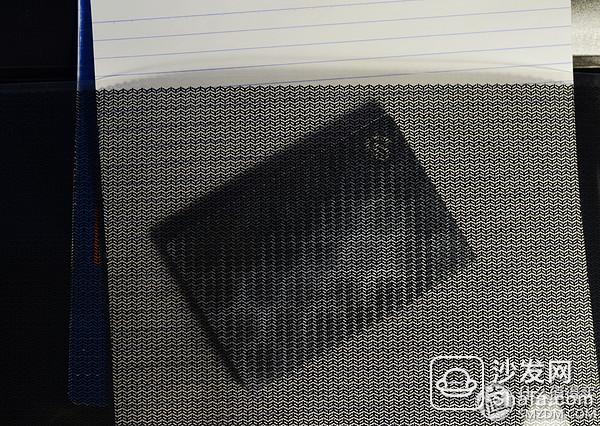
Everyone who uses a mobile hard disk has its own characteristics. For me, it's data to be safe. I don't want to store data that I haven't backed up in my mobile storage. This should be a good habit. However, any data that would cause me to suffer headaches must be backed up. For important files, I prefer to use web disks, ordinary U-disks, and SSDs. An extreme situation where several backups on different media are broken at the same time should be very difficult.
In the end, I'm still struggling with dragging a line on a mobile hard disk. A nice looking mobile hard disk and a host must come on such a line, which is unsightly and not portable. Looking forward to NFC recognition + key + wireless transmission & read-write mobile hard disk.
Molded Cables
We specialize in cable assembly overmolding. Our customized molded cables are built precisly following customers' spec.Experienced proposal can be offered to customers for evaluation by considering stable quality and competitive price.
we have internal design, prototype, and manufacturing the widest range of molded harnesses, also a diversified line of strain / flex reliefs and grommets.
Molded Cables,Stranded Round Molded Cables,Molded Patch Cord Cable,4 Pole Waterproof Molded Cable,Waterproof Connectors
ETOP WIREHARNESS LIMITED , http://www.oemmoldedcables.com